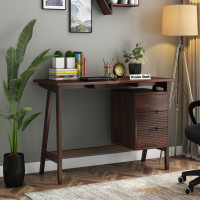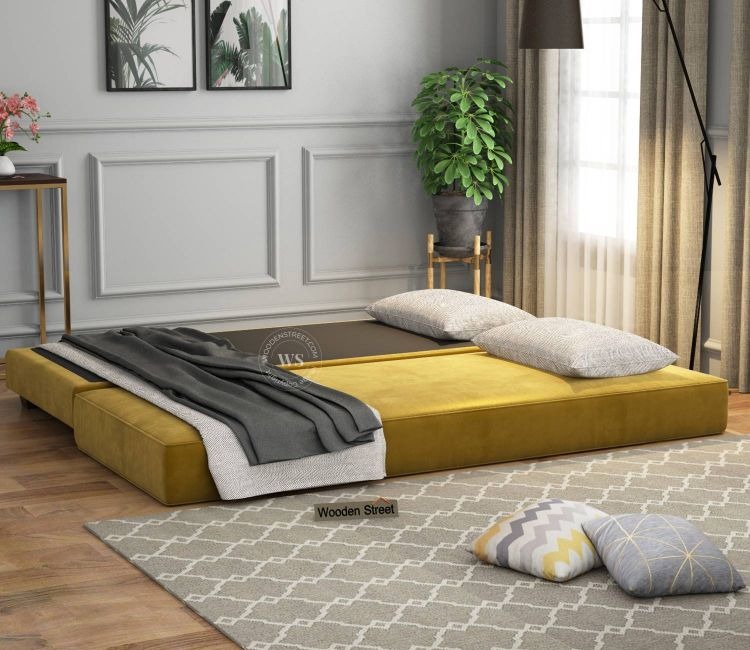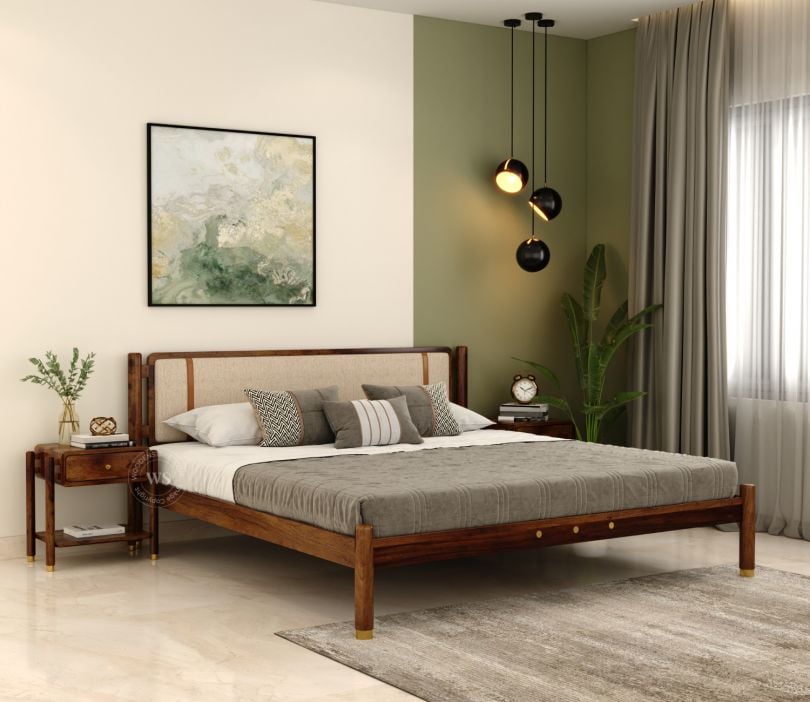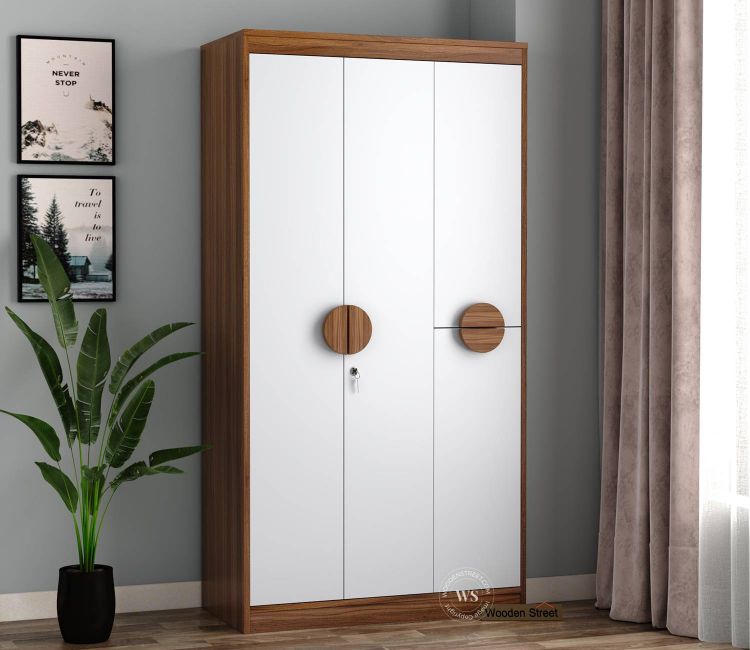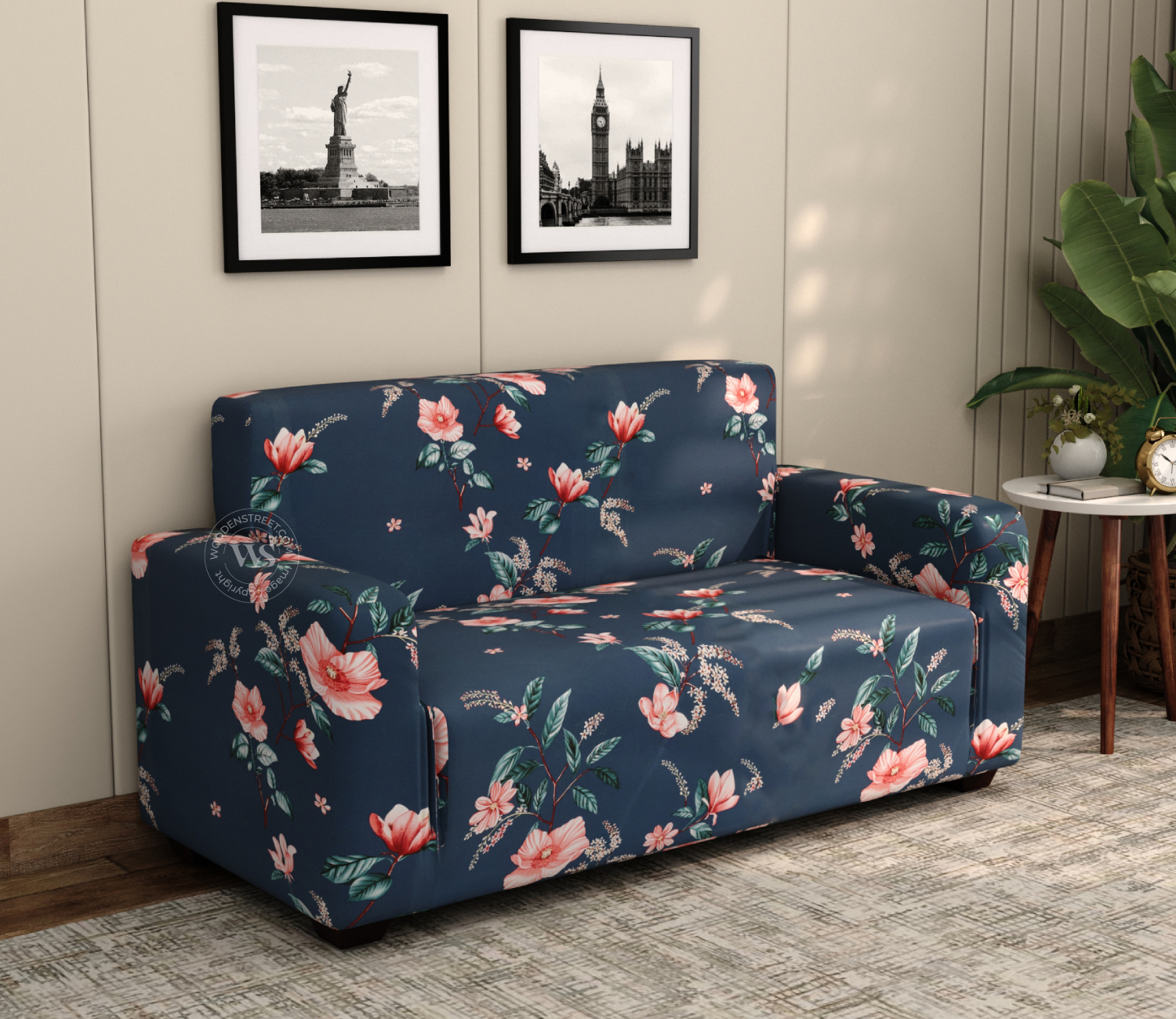How to Set Up Your Desk for Maximum Productivity
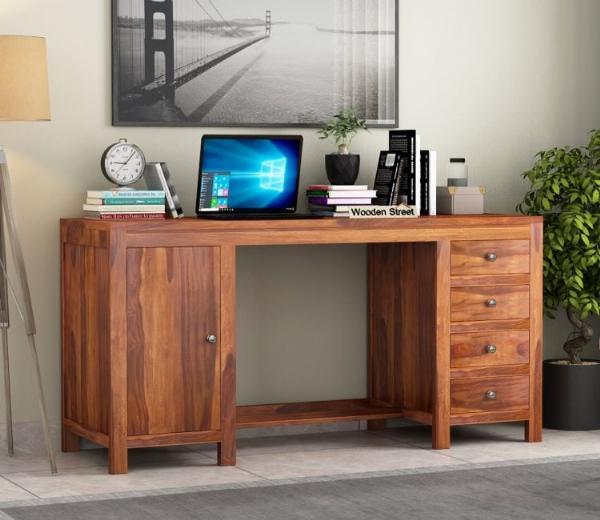
A well-organized and thoughtfully arranged desk can significantly enhance your productivity and comfort. Whether you're working from home or in an office, setting up your desk effectively can help you stay focused, reduce stress, and improve efficiency. Here’s a comprehensive guide on how to set up your desk for maximum productivity.
1. Choose the Right Desk
The foundation of a productive workspace starts with the right desk:
Size: Ensure your computer desk is large enough to accommodate your computer, monitor, keyboard, and other essential items without feeling cluttered.
Height: The desk should be at a height that allows you to work comfortably, with your arms at a 90-degree angle and your feet flat on the floor.
Material: Choose a durable and easy-to-clean material. Wooden desks offer warmth and stability, while metal and glass desks provide a modern look.
2. Invest in a Good Chair
An ergonomic chair is crucial for maintaining good posture and preventing discomfort:
Adjustability: Look for a chair with adjustable height, armrests, and lumbar support to customize your seating position.
Comfort: Ensure the chair has sufficient padding and breathable fabric to keep you comfortable throughout the day.
Mobility: A chair with wheels and a swivel base allows you to move around your workspace easily.
3. Optimize Monitor Placement
Proper monitor placement can prevent eye strain and neck pain:
Height: The top of your monitor should be at or just below eye level. Use a monitor stand or adjustable arm if necessary.
Distance: Position the monitor about an arm's length away from your eyes.
Angle: Tilt the monitor slightly upwards to reduce glare and keep your neck in a neutral position.
4. Organize Your Desk Layout
An organized study desk layout helps you stay focused and efficient:
Zoning: Divide your desk into zones for different activities, such as a workspace for your computer, a writing area, and a storage area.
Essentials at Hand: Keep frequently used items like pens, notepads, and your phone within easy reach.
Minimize Clutter: Use cable organizers, trays, and drawers to keep your desk surface clean and tidy.
5. Incorporate Proper Lighting
Good lighting reduces eye strain and enhances your focus:
Natural Light: Position your desk near a window to take advantage of natural light, which is less harsh than artificial lighting.
Task Lighting: Use a desk lamp with adjustable brightness to illuminate your workspace, especially during evening hours.
Avoid Glare: Position lights to the side of your monitor to prevent screen glare.
6. Personalize Your Space
Adding personal touches to your table can make your workspace more inviting and inspiring:
Decor: Include a few decorative items like plants, photos, or artwork to create a pleasant environment.
Comfort Items: Keep items that make you feel comfortable, such as a cozy blanket or a stress-relief ball.
Motivation: Display motivational quotes or goals to keep you inspired and focused.
7. Maintain Ergonomics
Ergonomics plays a vital role in reducing physical strain and enhancing productivity:
Keyboard and Mouse: Position your keyboard and mouse at a comfortable distance, with your elbows at a 90-degree angle.
Footrest: Use a footrest if your feet don’t comfortably reach the floor.
Breaks: Take regular breaks to stretch and move around, reducing the risk of repetitive strain injuries.
8. Use Technology Wisely
Leverage technology to improve your productivity:
Dual Monitors: If possible, use dual monitors to increase your screen real estate and multitask more efficiently.
Docking Stations: Use a docking station to easily connect multiple devices and peripherals.
Productivity Tools: Utilize productivity apps and tools to manage your tasks, track your time, and stay organized.
Conclusion
Setting up your desk for maximum productivity involves a combination of choosing the right furniture, organizing your space, and maintaining ergonomic principles. By creating a comfortable and efficient workspace, you can enhance your focus, reduce stress, and improve your overall productivity. Experiment with these tips to find what works best for you, and remember that a well-designed desk setup is an ongoing process that evolves with your needs and preferences.
Note: IndiBlogHub features both user-submitted and editorial content. We do not verify third-party contributions. Read our Disclaimer and Privacy Policyfor details.

